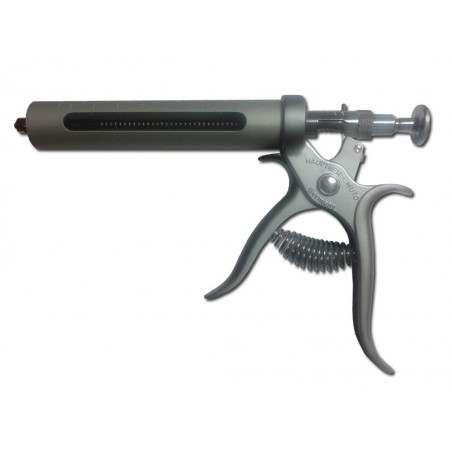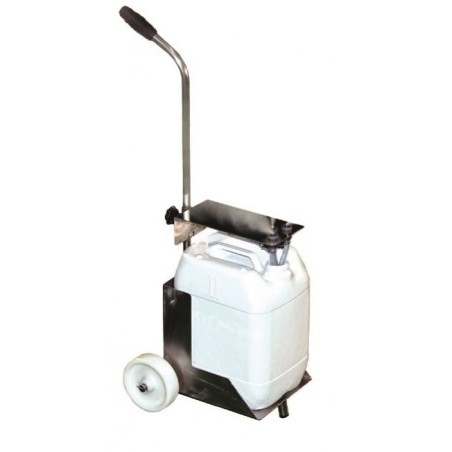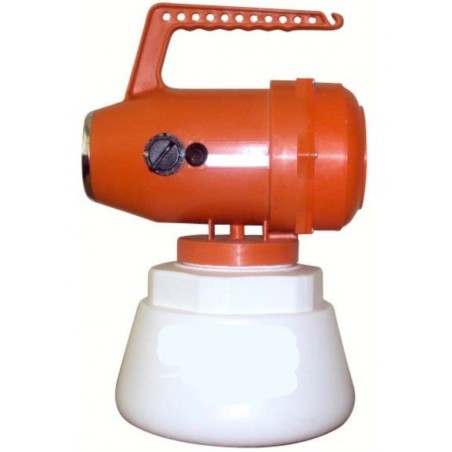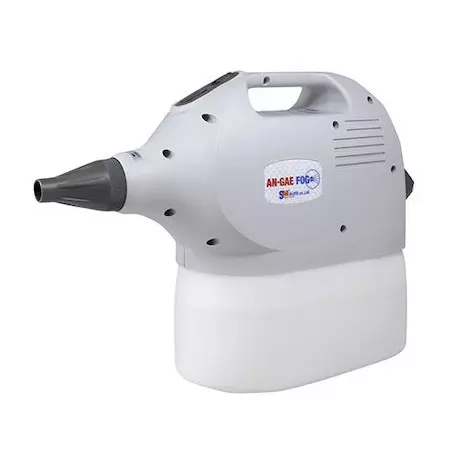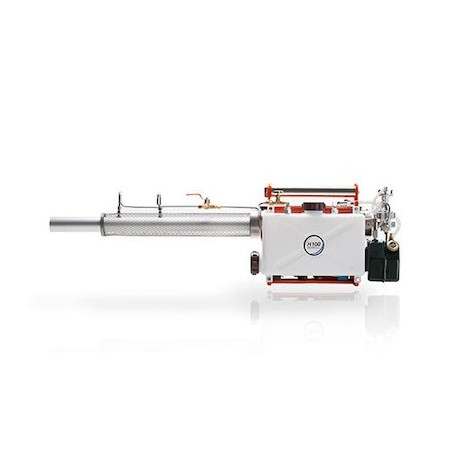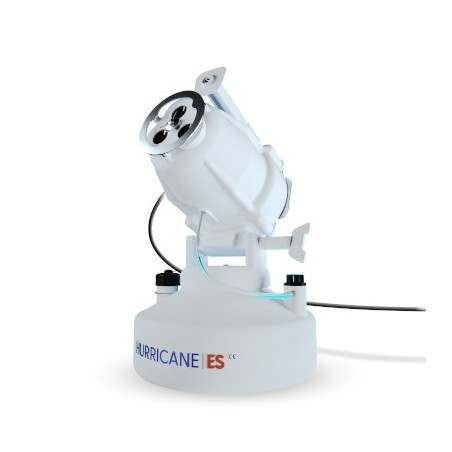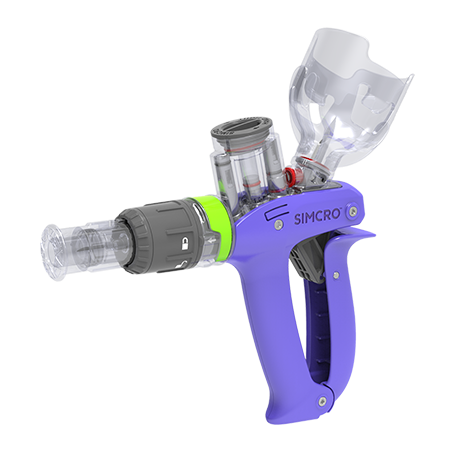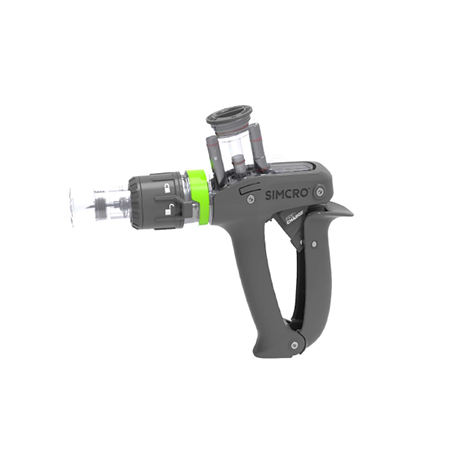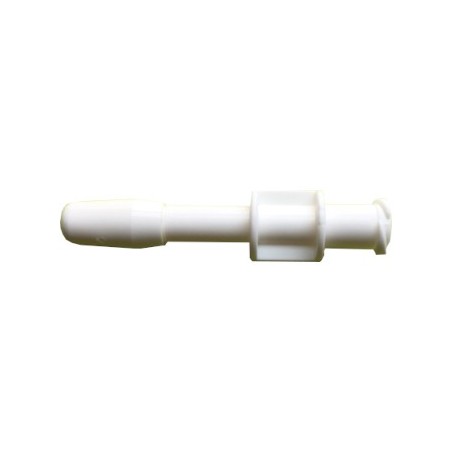Pathogen exposure is going to happen when new gilts come into the herd. They get exposed to a new set of endemic pathogens that infect pigs everywhere and do not cause disease in every situation. There can be new strains of App, influenza, or Strep, and our diagnostic tools do not allow us to know the potential impact of the introduction of these specific pathogens into a specific sow herd.
The objective of the health acclimation is that gilts undergo this pathogen exposure early enough to make sure the gilts have recovered from the infection and that they have stopped shedding the pathogen so they are immunocompetent at farrowing and can transfer protection through colostrum to their offspring.

Managing the risk of gilt introduction
Gilt introduction still represents one of the biggest risks of introducing a pathogen into our farms, but in recent years we have done a great job at:
- Improving the health status of the multiplication farms.
- Improving the diagnostic tools for monitoring health status.
- Building infrastructures such as isolations to quarantine and test gilts before introduction into the main herd.
All these measures allow us to effectively manage the risk of gilt introduction, but if measures are not in place, gilt introduction is still the biggest risk for disease introduction.
The ideal situation would be to bring the animals at three weeks of age into an isolation facility away from the main herd. Starting them young allows more time to build the animals’ immunity. Animals stay for a minimum of four weeks, but most commonly producers work with isolations holding two groups of gilts, so they stay for about eight weeks. After isolation they will go to a gilt developer unit that, on many farms, is just a finishing barn. The animals move through the unit as younger gilts are coming in. Gilt intakes every four weeks are common, but some producers prefer every eight weeks.
Health monitoring
1) At source farm
We expect the multiplication farm supplying the gilts to do some routine monitoring that must include PRRS and Mycoplasma monitoring if they are negative, which we expect them to be, on a monthly basis as a minimum, having those results delivered within a week before shipment.
2) In isolation
The timing of initial testing in isolation depends on:
- How early the different diseases can be detected after arrival if there has been an infection during transport
- The pathogens for which the gilts are supposed to be naive.
The sooner a potential disease can be detected in isolation, the sooner those animals can be eliminated so there is lower risk of infecting the farm. For example:
- Testing for enteric coronavirus (PED, delta-coronavirus, and TGE) is done 1 week after arrival by antigen testing on oral fluids.
- Testing for PRRS will be done three weeks after arrival by PCR and by antibody in oral fluids, and antibody testing for mycoplasma.
Always listen to the pigs; they never lie
It is essential to look at their productive data such as mortality rate or ADG and at the animals themselves. If I have a PED negative test result but those incoming gilts are still showing very bad cases of diarrhea, the pigs are telling me they are sick and they represent a risk, so I will not bring them into the herd.

Considerations when establishing a health acclimation program
There are some general principles such as that the animals need to be exposed early and have recovered, but the acclimation program needs to be pathogen specific. Acclimation must be done for different pathogens on different farms.
Look at your pigs. What are the main challenges that you see in the gilt offspring?
For instance, if you have Mycoplasma problems in your growing pig population, it means that your acclimation program is not working. Mycoplasma can be a challenge as it moves slowly. The older your gilts are upon arrival, the more intentional you need to be at ensuring this direct contact as Mycoplasma is a very slow-spreading organism. If your gilts arrive older than 10 weeks, intentional exposure could be of interest to you. We use intentional exposure of Mycoplasma using a lung homogenate spread via a fogging machine so animals are exposed to aerosol dissemination of Mycoplasma. For the success of this intentional exposure, it is essential to consider the quality of the donor samples and to make sure that other pathogens that maybe be in the herd, are not present in the sample used to prepare the homogenate.
Some farmers work with seeder animals with very good results. Usually they are very consistent in finding the right animals which are young parity females as old sows are not good options.
Vaccination also plays a role. Depending on the pathogen we may need to use several strategies. Sometimes pathogens are so virulent that we do not want natural exposure with the actual pathogen. PRRS could be an example, where we use vaccination and try to avoid live virus inoculation or live virus exposure if possible. We use vaccination as the core of the program. Every situation is unique. If we think of minimum vaccination expectations for a future breeding gilt:
- At 3 weeks of age (WOA): PCV and if the recipient herd is mycoplasma positive a mycoplasma vaccine too. Those are the same vaccines that our commercial production would receive.
- At 6 to 8 WOA: Erysipelas + ileitis that can be easily applied via drinking water.
- At 21 WOA: Gilts go through selection. Animals that do not meet the criteria are culled and the selected gilts move forward to boar exposure. Selected gilts receive the pre-breeding vaccines that include Erysipelas + Lepto + Parvo. Generally two doses of killed vaccines. They also receive a booster of PCV and Mycoplasma vaccine + a killed influenza vaccine.
The importance of staff for gilt development success
The question of who should take care of gilts, especially during isolation, is often discussed. It is important to designate specific caretakers. In a 5000-sow farm, the gilt development position is a full-time job.
Unlike other areas that have many staff going through that could detect an issue, in isolation, you will only have the designated person visiting the barn on a daily basis. This person will be your eyes and ears so it must be someone with good observation skills to spot any potential problems and someone who you can trust. Giving this responsibility to new employees or people without enough experience to identify problems and address them can cause significant problems. The use of cameras in isolation to allow for live surveillance without entering the premises can be very helpful. We can expect that different artificial intelligence technologies will play a significant role in the near future.





